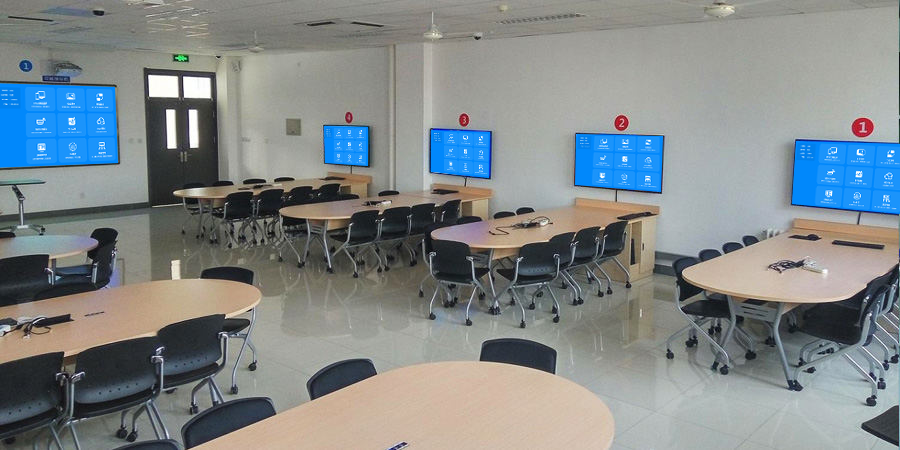Guide to Smart Classroom Construction: Integration and Application of Wireless Screen Mirroring Technology
As a key carrier of educational informatization, smart classroom construction requires scientific planning and advanced technical support. Wireless screen mirroring technology plays a crucial role in this process.
1. Smart Classroom Architecture Design
Basic Environment Requirements
- Stable network coverage: Ensure seamless Wi-Fi signal in every corner of the classroom to support multi-device simultaneous screen mirroring.
- Reasonable display device layout: Equip with a main screen for whole-class teaching and split screens for group discussions, matching the teaching scenario needs.
- Sufficient power configuration: Install power sockets near group learning areas to avoid device shutdown during long-term screen mirroring.
Screen Mirroring Device Selection
- Consider device compatibility: Choose devices that support mainstream protocols (Miracast, AirPlay, DLNA) to adapt to different systems (Android, iOS, Windows) of teachers’ and students’ devices.
- Focus on ease of use: Prioritize devices with one-click connection or QR code connection to reduce operation difficulty for students.
- Ensure operational stability: Select products with low latency and anti-interference capabilities to prevent screen freezing during teaching.
2. Teaching Scenario Applications
Interactive Teaching Scenarios
- Teachers’ mobile teaching: Teachers can use tablets or mobile phones for wireless screen mirroring, moving freely in the classroom while teaching.
- Students’ work display: Students can cast homework, design drafts, or presentation PPTs to the main screen with one click for peer review.
- Group collaborative learning: Members of each group share content to the group’s split screen in real time, collaborating on tasks like mind map creation.
Group Discussion Organization
- Flexible grouping mechanism: Divide groups dynamically according to teaching needs, with each group using an independent screen mirroring channel.
- Screen resource allocation: The teacher can allocate screen display rights to different groups, realizing switching between group content and whole-class content.
- Result presentation and communication: After discussions, each group casts results to the main screen, and the teacher guides the whole class to communicate and summarize.
3. Implementation Effect Evaluation
Evaluate the construction effect through multi-dimensional indicators:
- Device usage rate: Count the frequency of wireless screen mirroring devices used in daily teaching to reflect practical value.
- Teacher-student satisfaction: Collect feedback from teachers and students on operation convenience, stability, and teaching assistance effect.
- Teaching effect improvement: Compare changes in students’ participation, collaborative ability, and academic performance before and after the smart classroom is put into use.
